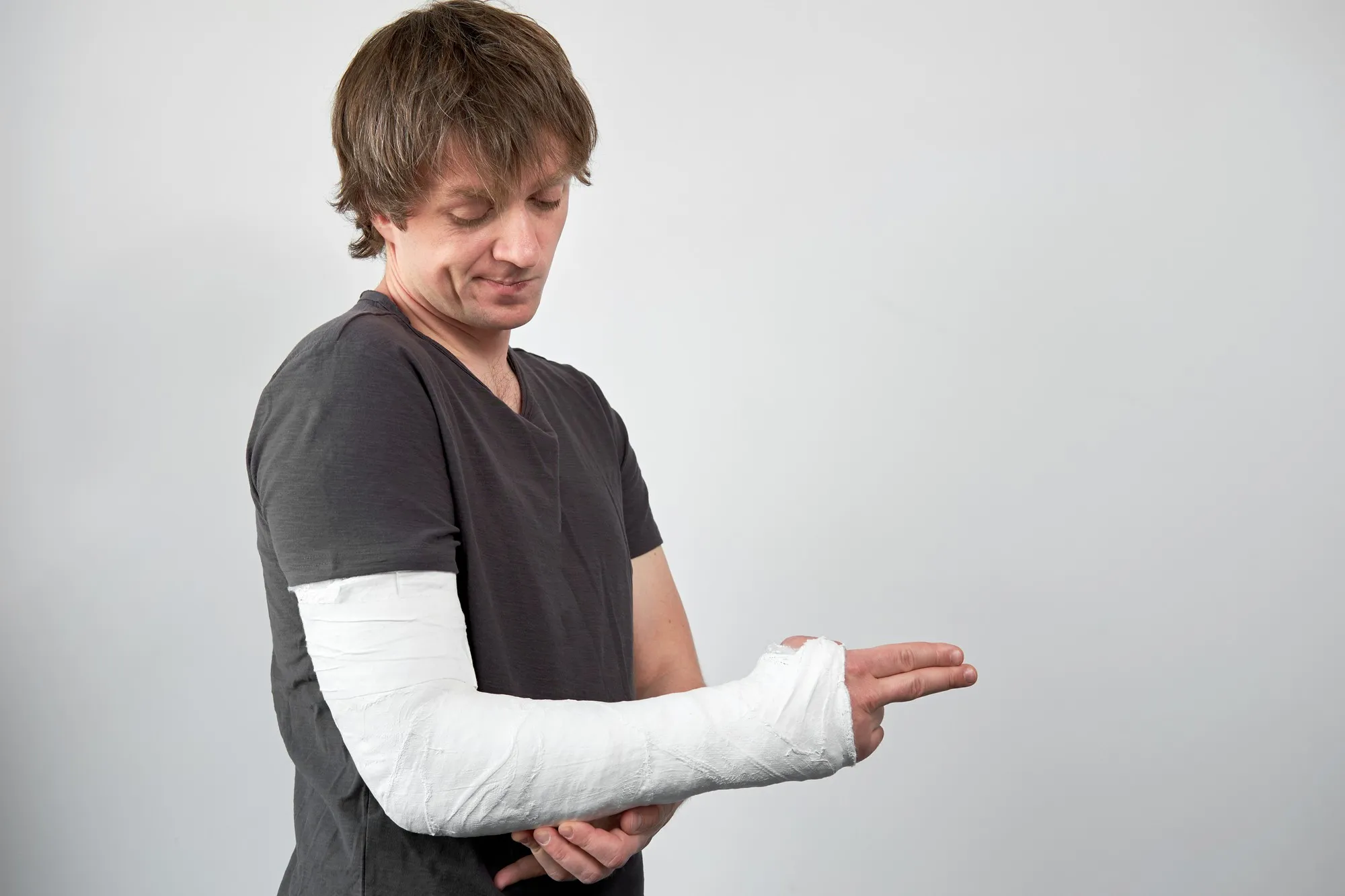In a recent groundbreaking study published in the journal ‘Injury,’ researchers from Australia have presented the Adelaide Facial Bone Rule, a novel prediction model designed to streamline the detection of facial fractures in victims of minor trauma. This innovative clinical practice leverages computed tomography (CT) brain scans to indirectly identify the presence of facial fractures, potentially eliminating the need for additional CT facial bone scans. The findings of this study represent a significant advance in medical imaging and trauma care, with implications for enhancing diagnostic efficiency and patient experience.
The Study and Its Findings
Conducted by researchers Constantine Sarah, Salter Amy, Louise Jennie, and Anderson Peter J., the study scrutinized the data of 1231 adult patients who underwent both brain and facial CT scans on the same day over a seven-year period. These scans were requested for patients who had experienced trauma, a subset of whom had sustained minor injuries.
The researchers meticulously reviewed separate brain and facial scans, scanning for signs of facial fractures, haemosinus (high-density fluid in the sinuses indicative of bleeding), emphysema, and intra-cranial haemorrhage. By employing prediction modelling techniques, the team investigated whether patterns found on brain scans could effectively predict the need for further CT scanning of the facial bones.
Significant predictors included in the full prediction model showcased remarkable discriminative ability (AUROC 0.982; 95% CI 0.971 – 0.993). Nonetheless, for streamlined clinical application, a simplified version of the model was deemed more suitable. This pared-down model, utilizing only facial fractures and haemosinus as predictors, still demonstrated impressive discrimination (AUROC 0.964; 95% CI 0.945 – 0.983) while offering excellent performance by other evaluative measures.
DOI: 10.1016/j.injury.2023.111302
The Significance of the Adelaide Facial Bone Rule
The Adelaide Facial Bone Rule represents a significant leap forward in the realm of clinical guidelines for trauma assessment. It suggests that the absence of haemosinus or facial fractures on a CT brain scan could eliminate the need for a routine CT facial bone scan in cases of minor trauma that are clinically determined.
This rule could potentially transform current medical imaging practices, leading to more efficient use of resources, reduction in patient exposure to radiation, and the alleviation of healthcare costs and burdens. Such a diagnostic approach aligns seamlessly with the principles of prudent healthcare and evidence-based medicine.
Implications for Healthcare Providers and Patients
The introduction of the Adelaide Facial Bone Rule is poised to influence both healthcare providers and patients significantly. For clinicians, this model simplifies the decision-making process, reducing uncertainty when identifying the need for further diagnostic imaging. For patients, it means less time spent in medical facilities, decreased exposure to potentially harmful radiation, and potentially quicker diagnosis and treatment.
Healthcare systems that are often overwhelmed could see marked improvements in patient throughput and reduced waiting times for diagnostic imaging facilities, as fewer patients would require comprehensive facial CT scans based on the rule’s recommendation.
Challenges and Considerations
While the Adelaide Facial Bone Rule promises numerous benefits, its implementation may not be without challenges. Clinicians and radiologists must receive adequate training to employ this rule effectively, ensuring that patient care continues to align with the highest standards of accuracy and safety. Additionally, the model’s applicability to varied trauma severities and demographic discrepancies needs further investigation to confirm its universality.
References
1. Constantine, Sarah S., et al. “The Adelaide Facial Bone Rule: A simple prediction model and clinical guideline for the presence of facial fractures using CT brain scans in victims of minor trauma.” Injury (2024): 111302. DOI: 10.1016/j.injury.2023.111302
2. Blaivas, M., et al. “The use of computed tomography in the initial assessment of severe injuries: a review of the evidence.” Emergency Radiology 12.1 (2005): 1-5.
3. Holmes, James F., et al. “CT versus plain radiographs for the detection of cervical spine injury in obtunded patients.” Journal of Trauma-Injury, Infection, and Critical Care 59.3 (2005): 651-657.
4. Griffith, Brent, et al. “Can CT scan findings predict the need for facial fracture repair?” Journal of Oral and Maxillofacial Surgery 69.8 (2011): 2128-2134.
5. Ruesseler, Markus, et al. “Accuracy of bedside ultrasound and computed tomography in the diagnosis of facial bone fractures.” Journal of Oral and Maxillofacial Surgery 69.2 (2011): 362-368.
Keywords
1. CT Brain Scan Facial Fracture Detection
2. Adelaide Facial Bone Rule Implementation
3. Clinical Guidelines Minor Trauma Imaging
4. Haemosinus Indirect Fracture Indicator
5. Efficient Diagnostic Models in Trauma Care
